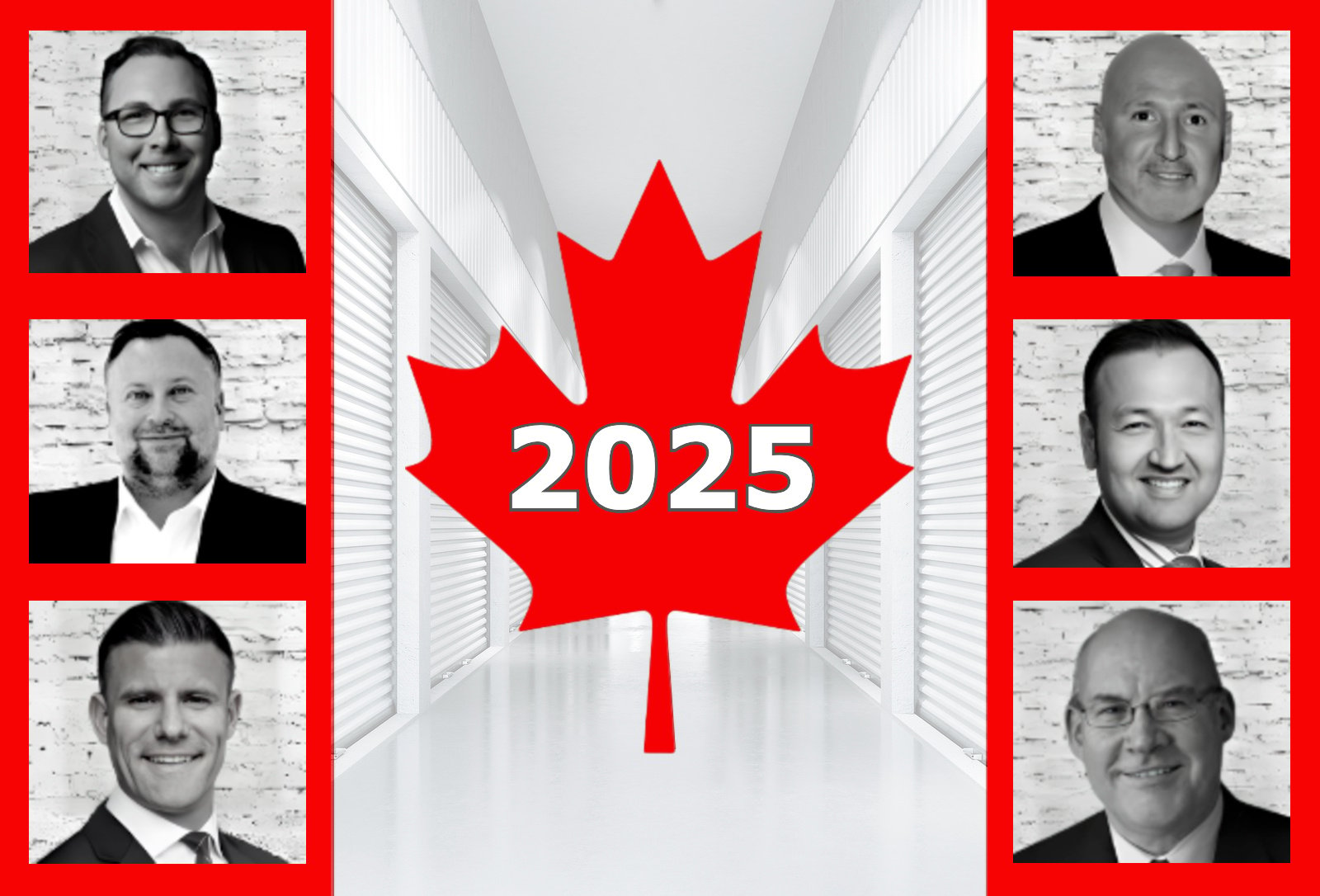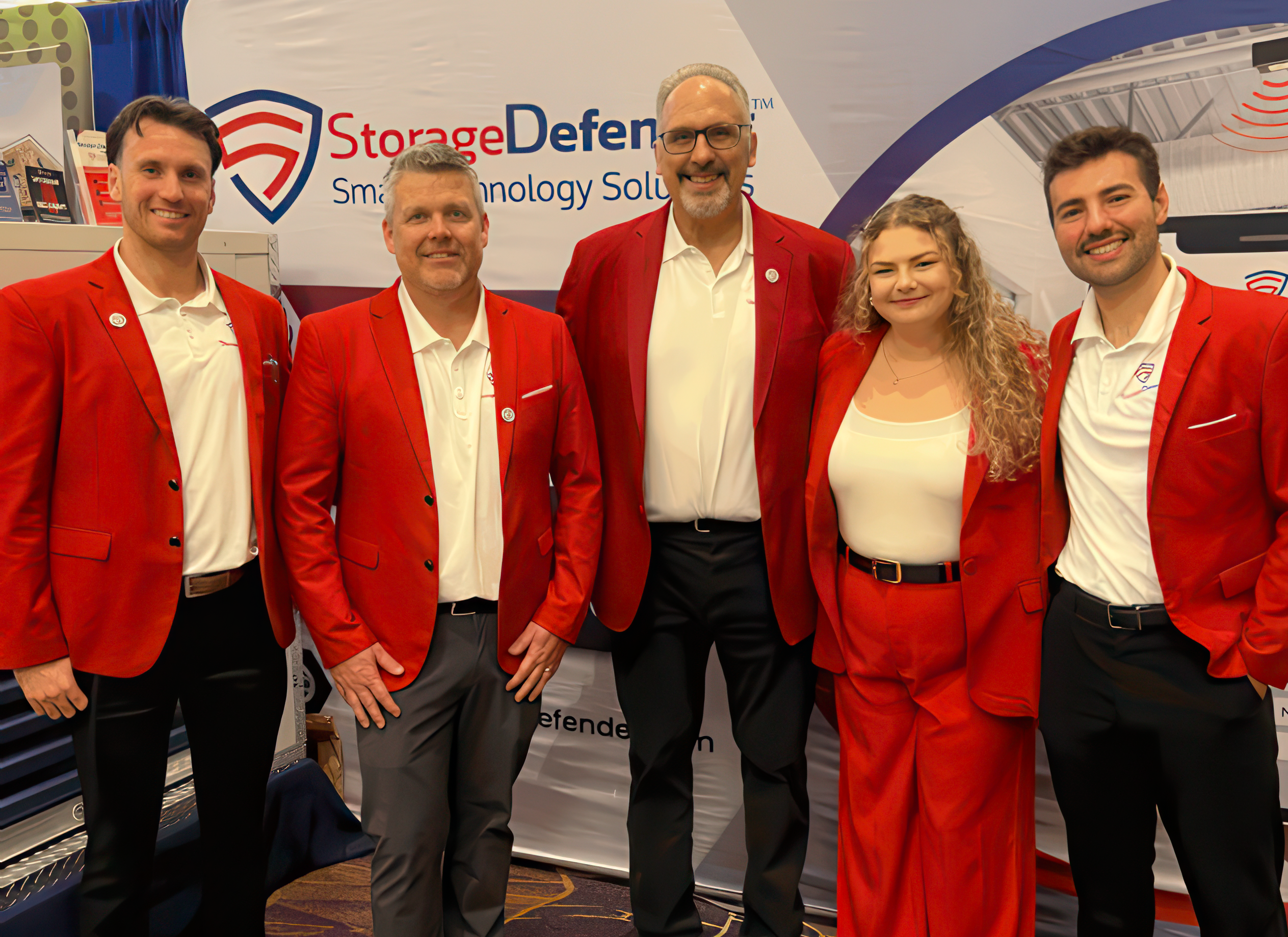Look Who’s Talking – Michael A. Mele, Vice Chairman, Cushman & Wakefield
Over the past two years, the self-storage industry has experienced exponential growth through new supply across the country. Beyond rentable square footage of storage space, the real estate asset class has advanced in terms of professionalism as well. With more self-storage facilities utilizing cutting-edge technologies, proficient management companies, and revenue-focused software systems, the industry’s bar is being raised in an effort to surpass profitability and efficiency.
Some of these progressions can be attributed to the sector’s gradual shift in ownership, which is generally divided into three segments: public companies (REITs), other top operators, and the rest of the industry (small operators or “mom and pops”). As reported in the 2017 Self-Storage Almanac, by number of facilities, 76 percent of self-storage facilities were owned by small operators, 17 percent of facilities were owned by public companies/REITs, and non-REIT top operators owned the remaining seven percent of facilities (see Chart 1).
Only two years later, the 2019 Self-Storage Almanac shows that the small operators lost three percent of industry ownership, dropping to 73 percent (see Chart 2). Of their three percent decrease in ownership, non-REIT top operators claimed two percent and public companies/REITs gained one percent.
Insert Industry Ownership charts from 2017 and 2019 Self-Storage Almanacs
Although three percent may seem like an insignificant share of the industry’s pie, no matter how you slice it, that sliver makes a difference.
Beginning Of The Shift
According to Michael A. Mele, vice chairman head of Cushman & Wakefield’s Self-Storage Advisory Group, a commercial real estate services company, there was a massive shift in the industry that began as the country was coming out of the recession in 2011/2012. The self-storage sector, despite the struggles that many operators faced, had managed to withstand the economic downturn. As a matter of fact, it was dubbed “recession resistant” and caught the eye of investors.
“Private equity and hedge funds decided that self-storage was a good investment,” says Mele. “They had given it another look after the recession.”
At the same time that private equity was seeking to invest, small operators, who had fought to stay afloat during the recession and/or were nearing retirement, were looking to exit the self-storage arena.
It was a win-win situation for both sides. Private equity began purchasing mom-and-pop facilities and hiring professional management companies to pump up the profits of the properties, and most owners were making top dollar selling their facilities to the highest bidders.
The Changing Owner Profile
Certainly,it’s been a seller’s market—one evinced with numerous bidders per listing and bidding wars that resulted in record-breaking sales prices. However, Mele notes that the buyers for those deals had changed.
“Over the last five to six years, few properties sell to private clients,” he says. “They’re selling to larger institutional investors.”
In other words, private individuals are rarely purchasing existing self-storage facilities due to their inflated price tags.
“There’s tons of money for investments, but self-storage facilities are trading for high prices,” says Mele. “Wall Street types and private equity firms were looking to grow their real estate portfolios.”
Moreover, the cost of capital, as well as the risk, is greater for private individuals than private equity firms. As Mele sees it, private individuals who can’t find partners with equity are being “pushed out” of the self-storage arena, thus paving the way for investors with deeper pockets.
And some of those investors aren’t even waiting for deals to hit the marketplace. “It’s competitive,” he says, “so some are going straight to owners.” While they are attempting to close off-market transactions, others are buying out their business partners for larger shares or more control.
Mele breaks down private equity firms into two broad categories:
1. Smaller private equity, which have anywhere from $25 million to $50 million in cash.
2. Larger private equity, which can spend $300/$400/$500 million at the drop of a hat.
However, compared to private individuals, who tend to view self-storage as a long-term investment, private equity buyers typically have an exit strategy in mind from the get-go. Mele states that plenty of private equity firms plan to sell their investments after the necessary capital improvements have been made and they have managed to maximize revenue through rental rate increases that were implemented by sophisticated revenue management systems.
Similar to buyers, there’s been a shift in sellers as well. According to Mele, nowadays only half of sellers are private individuals, compared to 90 to 95 percent in the past. The other half of sellers are the private equity firms. This is the result of industry consolidation as well as the countless acquisitions of distressed deals and “value-add” properties located within desirable MSAs.
The 50 percent of sellers that are private equity firms have been selling to institutional investors. “Now there’s a shift from private equity firms to even larger institutional buyers such as pension funds, endowments and sovereign wealth funds,” says Mele. “That’s the next level of investments.”
Market Specifics
As Mele mentions, the self-storage industry is becoming more institutional, which he says will make it harder for private individuals to compete and remain in the business. “It’s becoming more solid financially,” he adds, noting that self-storage may begin to mirror multi-family with product classes, with national portfolios of Class-A facilities owned by large institutions, and mom and pops relegated to smaller B- and C-quality facilities.
Product Classes
Similar to the self-storage product classes, there are three multi-family product classes: Class A, Class B, and Class C. Realty Mogul defines them as:
- Class A – These properties represent the highest quality buildings in their market. They are generally newer properties built within the last 10 years with top amenities, high-income earning tenants, and low vacancy rates. Class A buildings are well-located in the market and are typically professionally managed. In addition, they typically demand the highest rent with little or no deferred maintenance issues.
- Class B – These properties are one step down from Class A and are generally older, tend to have lower income tenants, and may or may not be professionally managed. Rental income is typically lower than Class A, and there may be some deferred maintenance issues. Mostly, these buildings are well maintained, and many investors see these as “value-add” investment opportunities because the properties can be upgraded to Class B+ or Class A through renovations and improvements to common areas. Buyers are generally able to acquire these properties at a higher CAP Rate than a comparable Class A property because these properties are viewed as riskier than Class A.
- Class C – Class C properties are typically more than 20 years old and located in less than desirable locations. These properties are generally in need of renovation, such as updating the building infrastructure to bring it up to date. As a result, Class C buildings tend to have the lowest rental rates in a market with other Class A or Class B properties. Some Class C properties need significant reposting to get to steady cash flows for investors.
According to Mele, the movement away from private individual ownership is most noticeable in the nation’s largest MSAs, where even private equity firms are unable to rival the REITs. And he predicts that there will continue to be less private individual owners in the top markets over the next few years.
For example, he estimates that small operators or mom and pops own less than 10 percent of the self-storage facilities within the top 10 MSAs, around 15 percent of facilities within the top 25 MSAs, 25 to 30 percent in the top 50 MSAs, and below 50 percent within the top 100 MSAs.
“The overall footprint of owners nationwide hasn’t changed much,” he says. “But it’s a different story in the major MSAs. The secondary markets are shifting now. A lot of the private equity is being pushed there, because they can’t compete with the REITs or there’s limited supply.”
Mele has seen numerous sales in several of the secondary markets in the United States this year, including Albuquerque, N.M.; Birmingham, Ala.; Tulsa, Okla.; and Baton Rouge, La., which he remarks has had “strong action”.
2019 And Beyond
Despite the changing profile of self-storage owners and industry consolidation, Mele doesn’t foresee an eradication of mom and pop owners. “They just need to be more competitive and keep an eye on rents,” he says, adding that they may still have the ability to flourish within tertiary and rural markets, where REITs and other top operators typically don’t tread.
“I don’t think it will hurt the industry,” Mele says. “Self-storage is just becoming more of a commodity.”
More Content
Popular Posts
The self storage industry is in a precarious...
Joe Shoen, CEO of U-Haul, has had enough.
Like its name implies, Surprise, Ariz., a...
Joe Shoen has had enough.
In a record-breaking deal finalized May 12,...
Senate Bill 709 (SB709) has many in the...
Donald Trump has just reclaimed the White...
The question of “abandonment” of stored...
Self-storage operators wear a lot of hats....
In 1992, Clinton strategist James Carville...
Recent Posts
When Neville Kennard left for a work trip to...
Self-storage software is no longer...
The self-storage industry continues to...
Fires in California. Tornadoes in Kansas....
From policy pivots in Ottawa to tariff...
Self-storage operators have struggled to...
Their signature red coats may draw attention...
Nailing down Josh and Melissa Huff for an...



















